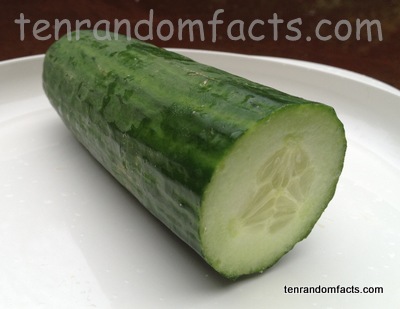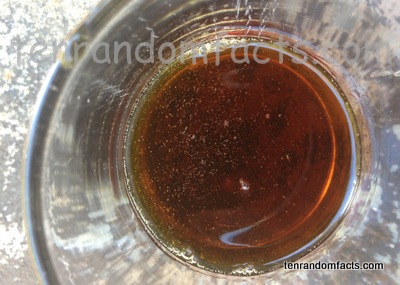
Bread for breakfast, bread for lunch, bread for dinner.
-
Bread is a very common meal, snack or ingredient, and has become one of the staples of billions of people’s diets around the world.
-
Bread is mainly made from wheat flour, although many other flours can be used, and water, and often yeast is added so the bread will rise.
- Different quantities of each ingredient creates a different type of bread texture, size, colour and shape, and this has resulted in endless varieties of bread around the world.
- Bread has a very long history, and was originally made without yeast, resulting in relatively flat breads, although yeast was used as early as 4000 BC in Ancient Egypt.
-
Bread is normally made by baking it an oven, but it can be steamed or fried to make different varieties.
- A natural preservative made from lactic acid bacteria, similar to those found in yoghurt and cheese, was discovered in 2004, and was patented in 2009, and is used to increase the shelf life of bread from a few days to two weeks, and is said to be good for you.
-
Eating bread crusts is said to make your hair grow curly, although this isn’t true, and it has been proven that it is one of the healthiest parts of the bread, due to the increased dietary fibre and antioxidants that can help prevent cancer, contained in the crust.
- Many religious communities use bread for religious celebrations such as the Jewish Passover.
- Fruits, nuts, herbs, seeds, spices, vegetables and other flavourings are sometimes added to bread to make it more interesting or different.
- It has been said that the making of bread changed ancient society, as it enabled people to remain in one location, without the need for hunting and gathering, and made farming popular.















